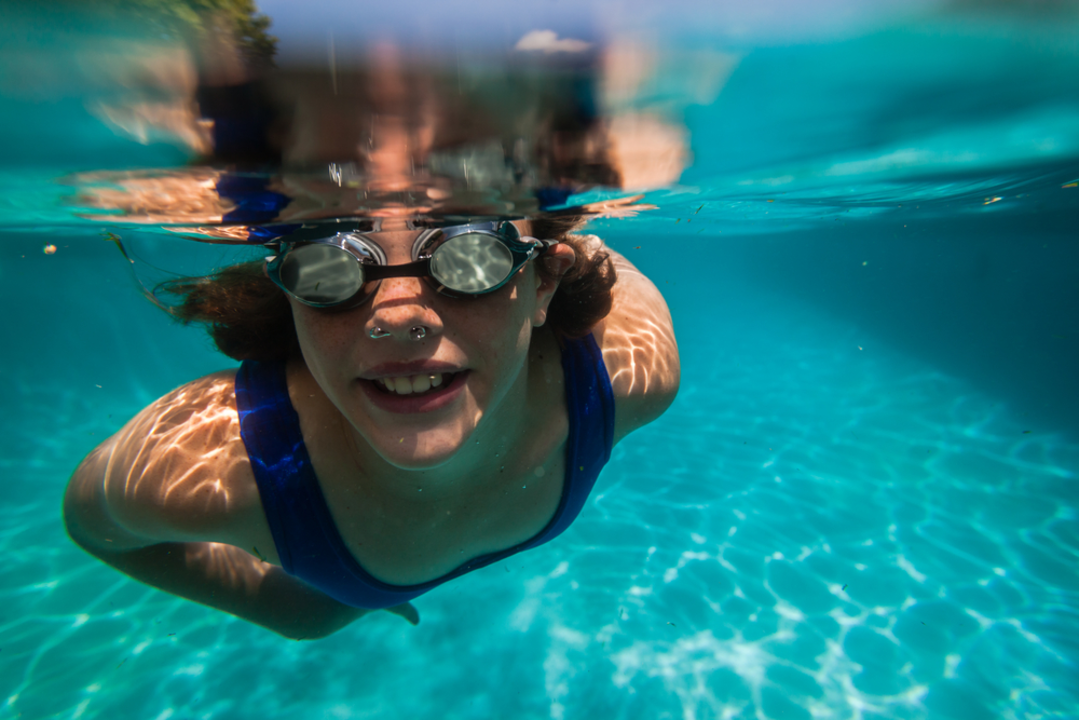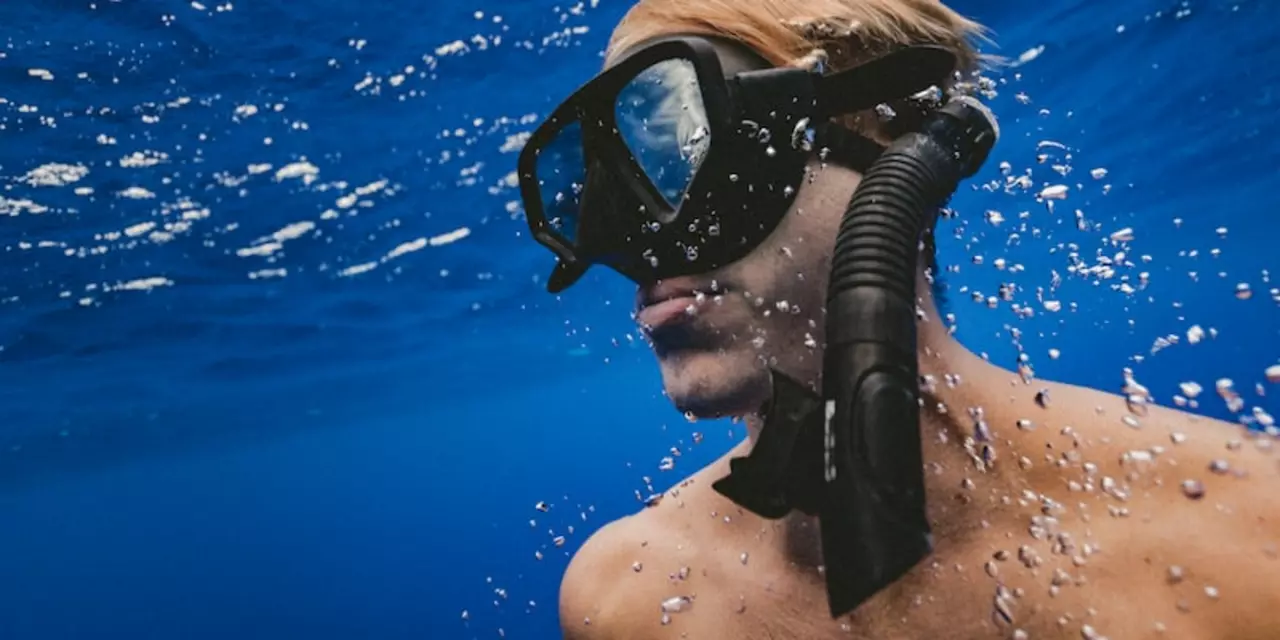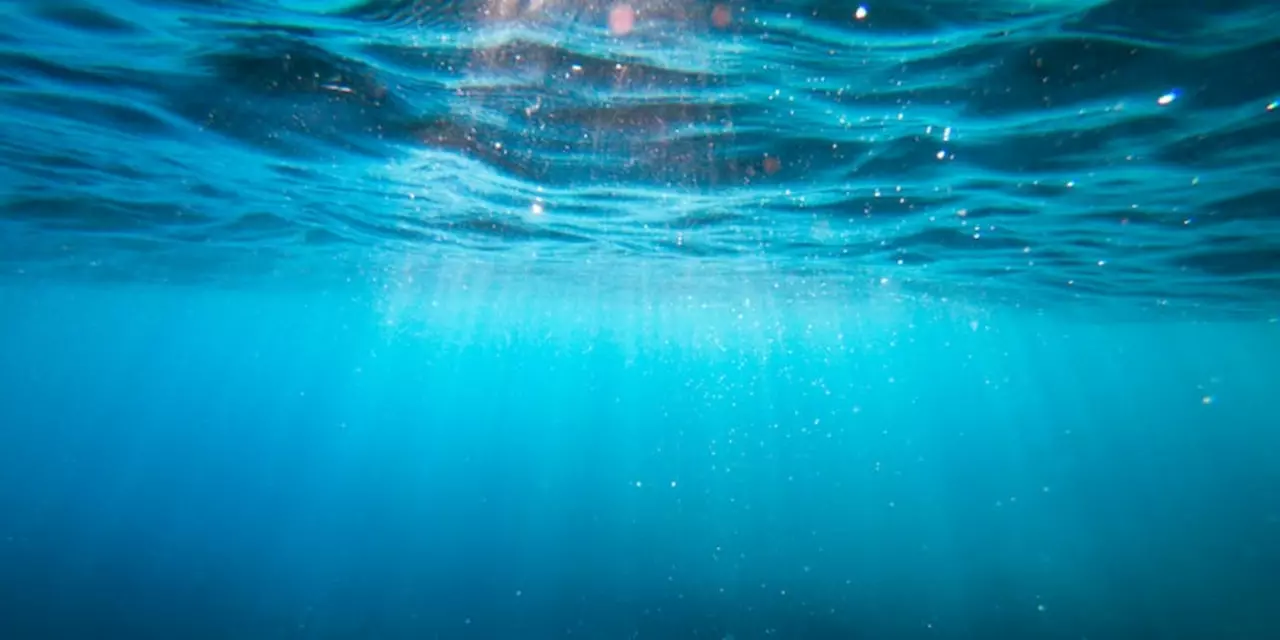How to swim in the sea without goggles?
- Post By Kieran Lockhart
- on Apr 4 2023
- 0 Comments

Swimming in the sea without goggles can be a thrilling experience! It can also be dangerous as it can be difficult to see underwater. To stay safe, it's best to swim in areas where the water is shallow and there are no rocks or debris. To make sure you don't lose your bearings, keep the shoreline in sight and use the sun or moonlight as a reference point. Before you dive in, take a few moments to familiarize yourself with the surroundings, so that you can swim confidently and safely. With a little practice and some common-sense safety, you can have a great time enjoying the sea without goggles.
- swimming
- sea
- goggles
- safety
- Read More
When did the gallop stroke become popular in elite swimming?
- Post By Kieran Lockhart
- on Mar 7 2023
- 0 Comments

The gallop stroke, also known as the Australian crawl, became popular in elite swimming during the 1920s. It was first introduced in the United States by Harold Hardwick, an Australian swimmer who competed in the 1912 Olympics. The stroke was popularized by Duke Kahanamoku, an American swimmer who won multiple Olympic gold medals. The gallop stroke was faster and more efficient than the traditional breaststroke, and it soon became the preferred stroke for competitive swimmers. Over time, the stroke was refined and perfected, leading to even greater success for its practitioners.
Do swimming goggles get worn out?
- Post By Kieran Lockhart
- on Feb 17 2023
- 0 Comments

Swimming goggles are essential for swimmers to protect their eyes from chlorine and other chemicals found in swimming pools. However, goggles can become worn out over time, thus reducing their effectiveness. Signs of wear and tear include fogging up, reduced clarity, leaking, and stretching. Proper care can help extend the life of goggles and make them more comfortable to wear. It is also important to replace them after a few months of use to ensure proper protection.
How deep can sharks swim in the ocean?
- Post By Kieran Lockhart
- on Feb 14 2023
- 0 Comments

Sharks are some of the most impressive creatures in the ocean, and can dive to incredibly deep depths. The average depth that sharks can reach is around 2,000 feet, though some species are known to dive much deeper. The deepest recorded dive is an astonishing 10,000 feet, achieved by a Greenland shark. The pressure of the deep ocean can put a lot of strain on a shark's body, and for this reason, most sharks tend to stay in shallower waters. Sharks can also be found in a variety of ocean habitats, from shallow estuaries to the deepest parts of the ocean.
Is it too late for a 22 years old to learn swimming?
- Post By Kieran Lockhart
- on Feb 7 2023
- 0 Comments

This article discusses whether it is too late for a 22 year old to learn to swim. The article outlines the benefits of swimming, such as improved coordination, strength, and overall fitness. It also discusses the difficulty of learning to swim as an adult, but notes that it is possible with the right guidance and instruction. It also provides advice on how to find the right instructor and practice regularly. In conclusion, it is never too late to learn to swim, and with the right guidance and support, adults can learn to swim successfully.